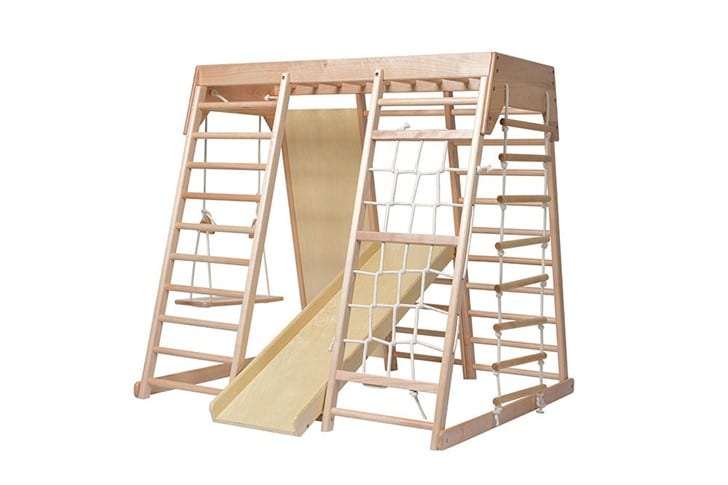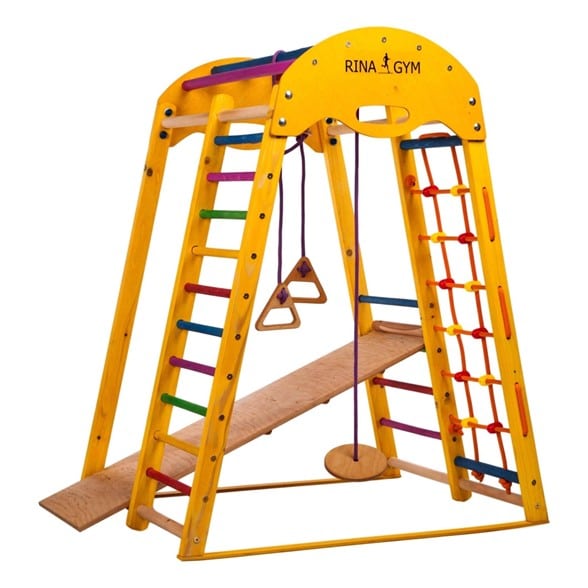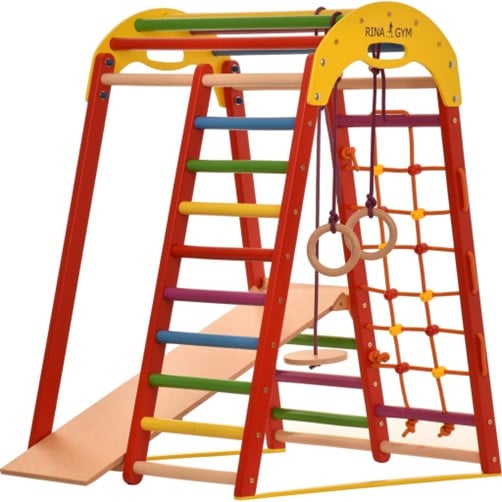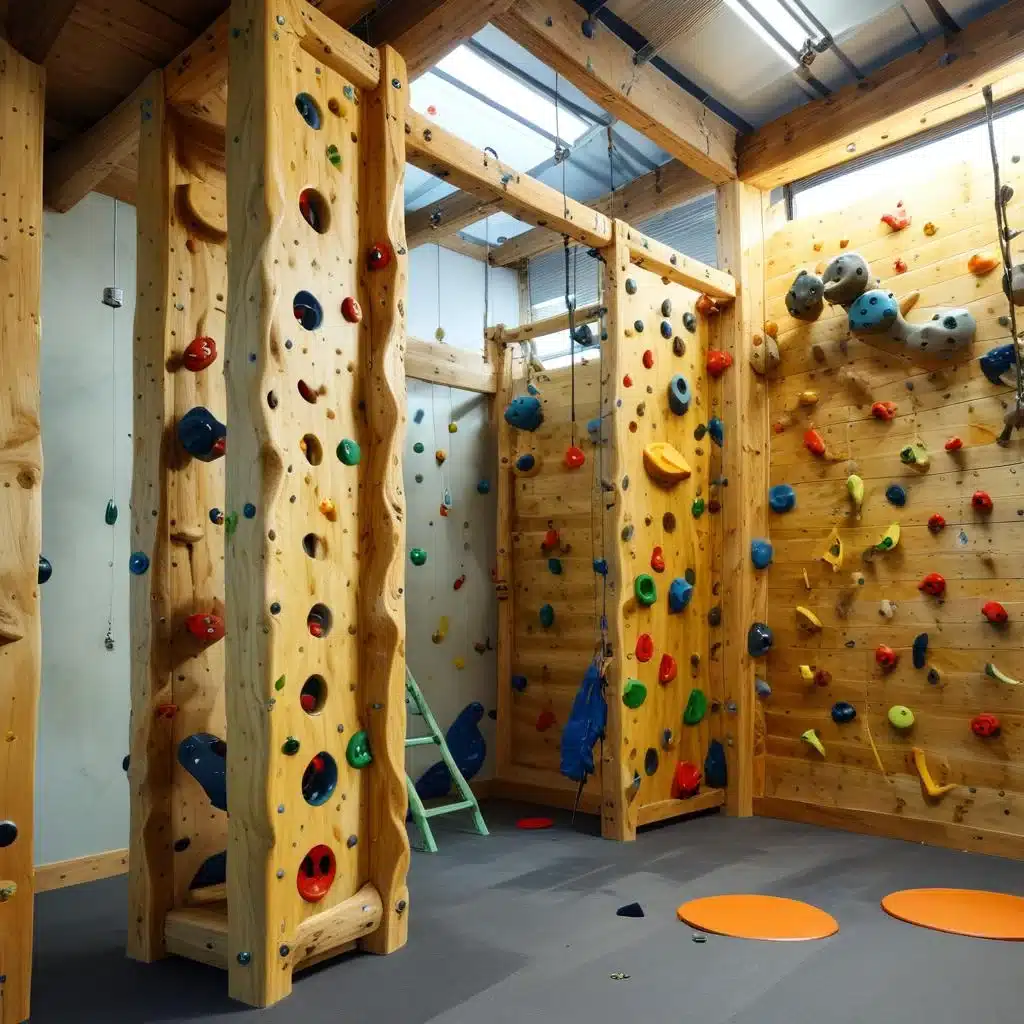Table of Contents
In the ever-evolving landscape of children’s play, the wooden climbing triangle emerges as a multifaceted tool fostering not only physical prowess but also nurturing mental well-being. This versatile structure, often the centerpiece of indoor climbing frames, weaves together the elements of play, exercise, and cognitive development. Join us as we explore the holistic benefits that wooden climbing triangles bring to the forefront of children’s health and happiness.

The Wooden Climbing Triangle Unveiled
- Design Aesthetics: Delve into the visual appeal of wooden climbing triangles, discussing their natural and inviting aesthetics that seamlessly blend with home interiors.
- Structural Integrity: Highlight the sturdy construction of wooden climbing triangles, emphasizing their durability and capacity to withstand active play.
Physical Fitness through Play
- Full-Body Engagement: Explore how climbing triangles engage various muscle groups, promoting overall physical development in a fun and dynamic manner.
- Balance and Coordination: Discuss the role of climbing in enhancing balance and coordination, crucial skills for a child’s physical literacy.
Cognitive Development at Play
- Spatial Awareness: Examine how navigating the triangular structure enhances spatial awareness, contributing to improved cognitive skills.
- Problem-Solving Adventures: Showcase how children, through climbing challenges, develop problem-solving skills and logical reasoning.
Emotional Well-Being through Climbing

- Confidence Building: Illustrate how conquering the heights of the climbing triangle instills a sense of accomplishment, nurturing confidence in young climbers.
- Stress Relief: Discuss the therapeutic benefits of climbing, serving as a natural outlet for stress and pent-up energy.
Social Interaction and Climbing
- Collaborative Play: Explore how climbing frames, including the wooden triangle, facilitate cooperative play, fostering social skills and teamwork.
- Imaginative Play Spaces: Encourage the creation of imaginative scenarios within climbing structures, promoting storytelling and shared adventures.
Safety Measures and Parental Guidance
- Safety Features: Outline the importance of safety features in wooden climbing triangles, such as rounded edges and non-toxic finishes, ensuring a secure play environment.
- Active Supervision: Emphasize the role of active parental supervision, guiding children in safe climbing practices while encouraging independence.
Integrating Climbing into Daily Routines

- Incorporating Climbing in Play: Suggest ways to seamlessly integrate climbing activities into daily play routines, enhancing the accessibility of wooden climbing triangles.
- Educational Playtime: Discuss how climbing becomes a form of educational play, aligning with modern parenting approaches that blend learning and recreation.
Conclusion: Elevating Child Development Through Play
As we navigate the realm of wooden climbing triangles, it becomes evident that these structures transcend traditional play equipment. They stand as pillars for the holistic development of children, nurturing physical prowess, cognitive skills, and emotional well-being. By embracing the joy of climbing, children not only embark on physical adventures but also cultivate life skills that shape their future. The wooden climbing triangle, with its natural charm and developmental benefits, emerges as a beacon, illuminating the path toward a healthier and happier childhood.


